New ‘Poké Ball’ robot catches deep-sea critters without harming them0
- From Around the Web, Science & Technology
- July 24, 2018
This device could help unlock the secrets of fragile, soft-bodied sea creatures
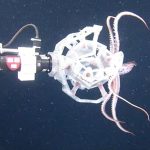
This device could help unlock the secrets of fragile, soft-bodied sea creatures

Scientists are growing Neanderthal brains in Petri dishes, which they plan to put inside robots.
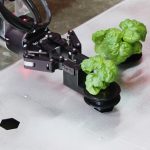
When you think of automation, you probably think of the assembly line, a dramatic dance of robot arms with nary a human laborer in sight. But that’s child’s play. The grandest, most disruptive automation revolution has played out in agriculture. First with horses and plows, and eventually with burly combines—technologies that have made farming exponentially cheaper and more productive. Just consider that in 1790, farmers made up 90 percent of the US workforce. In 2012, it was 1.5 percent, yet America still eats.
You won’t read about a smaller robot than this one any time soon.

We’re so close to the megazord of our dreams.

Researchers who warned half a dozen robot manufacturers in January about nearly 50 vulnerabilities in their home, business and industrial robots, say only a few of the problems have been addressed.
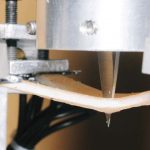
Artificial skin with post-human sensing capabilities, and a better understanding of skin tissue, could pave the way for robots that can feel, smart-transplants and even cyborgs.
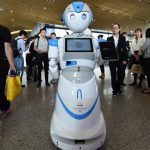
As robots start to enter public spaces and work alongside humans, the need for safety measures has become more pressing, argue academics

Rich people are going to find it easier to adapt to automation
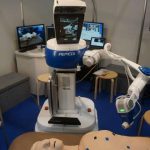
A robotic doctor that can be controlled hundreds of kilometres away by a human counterpart is gearing up for action.